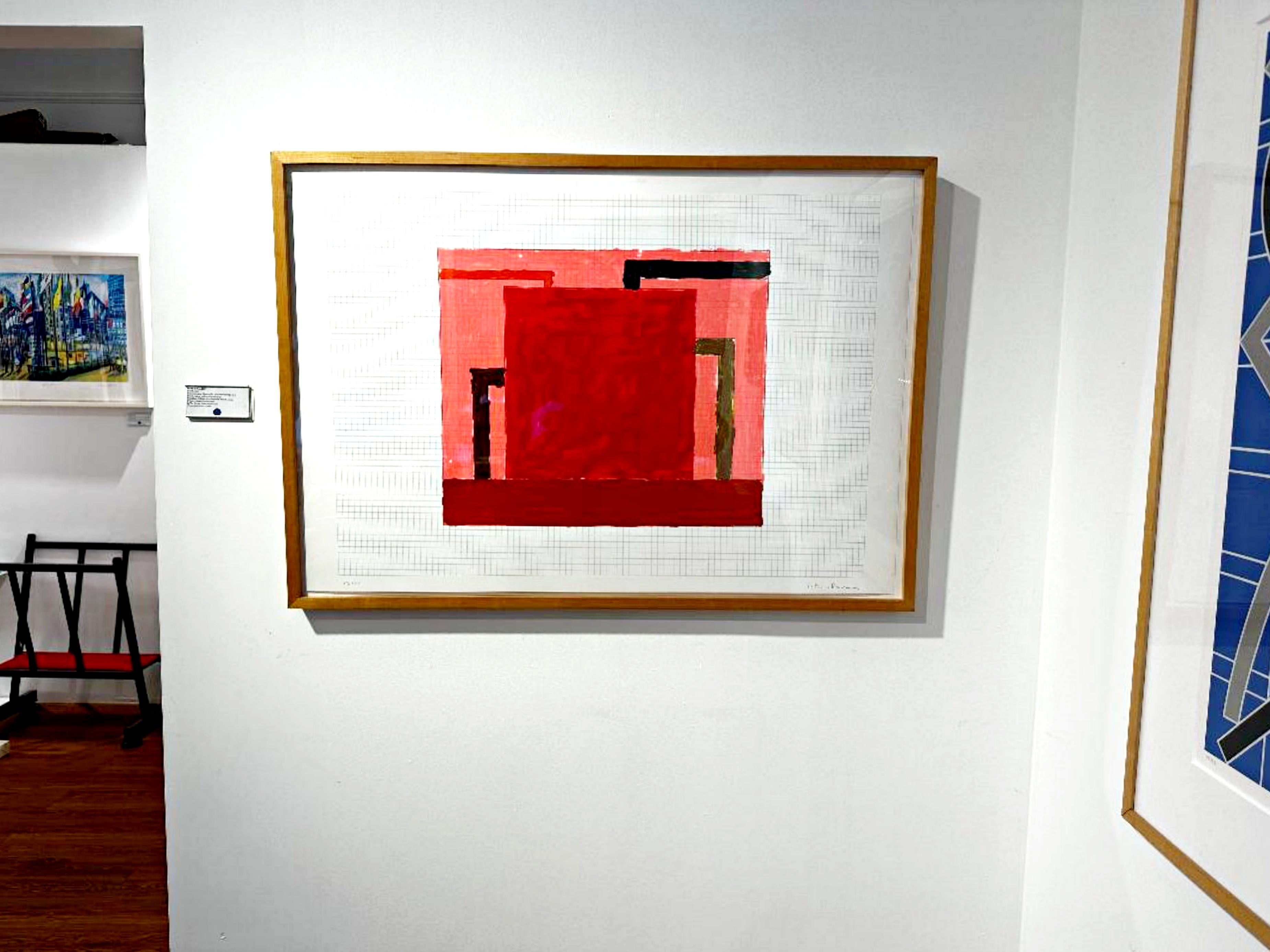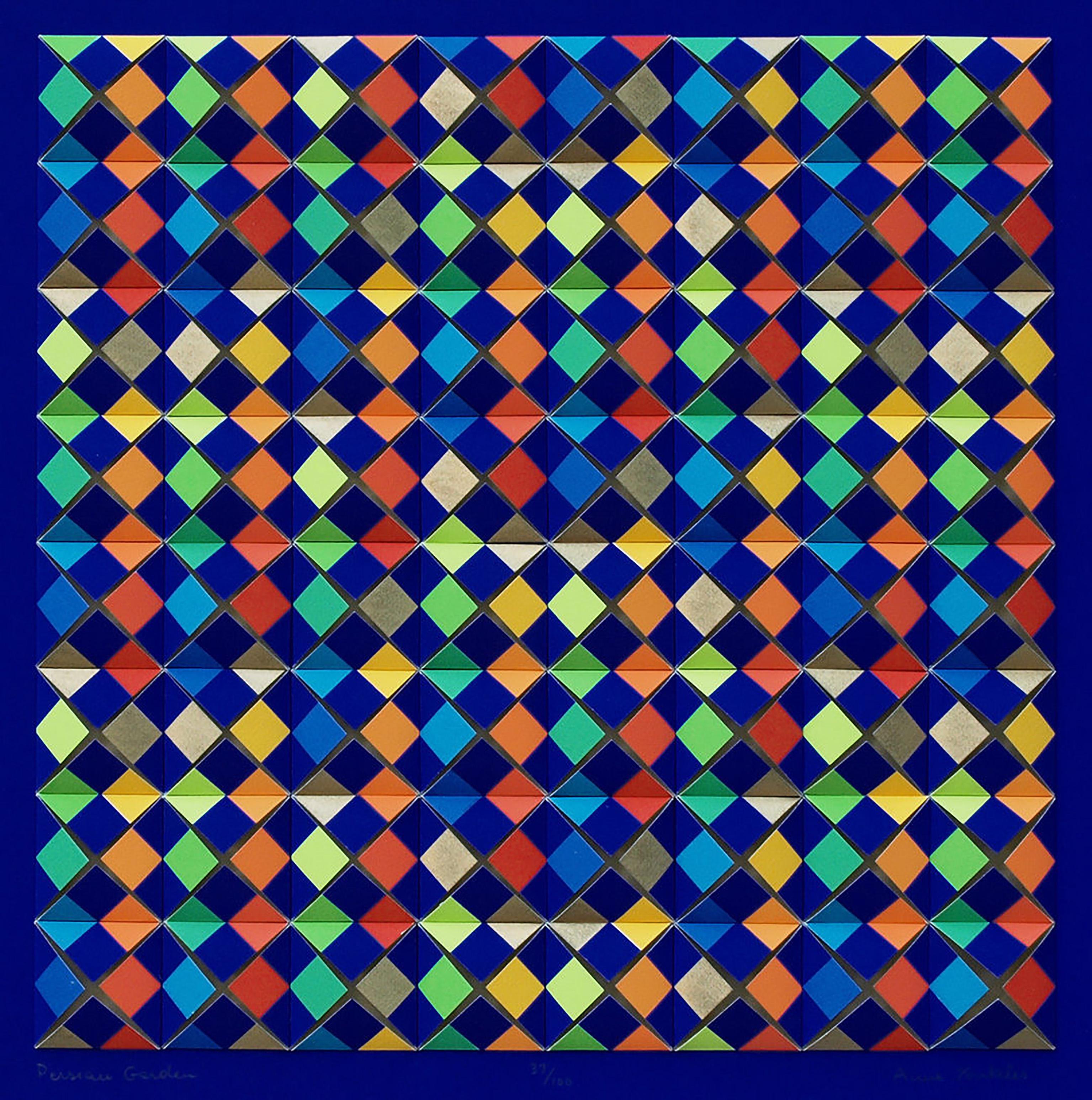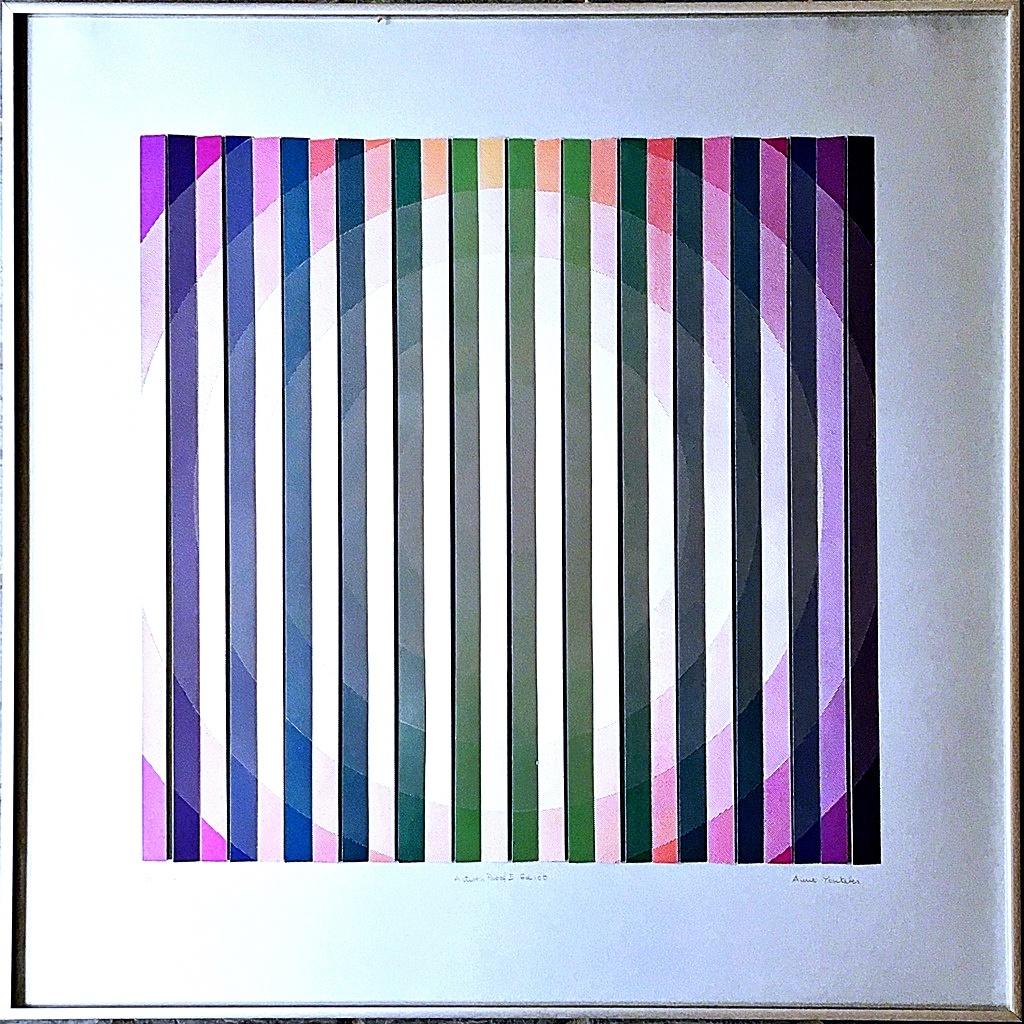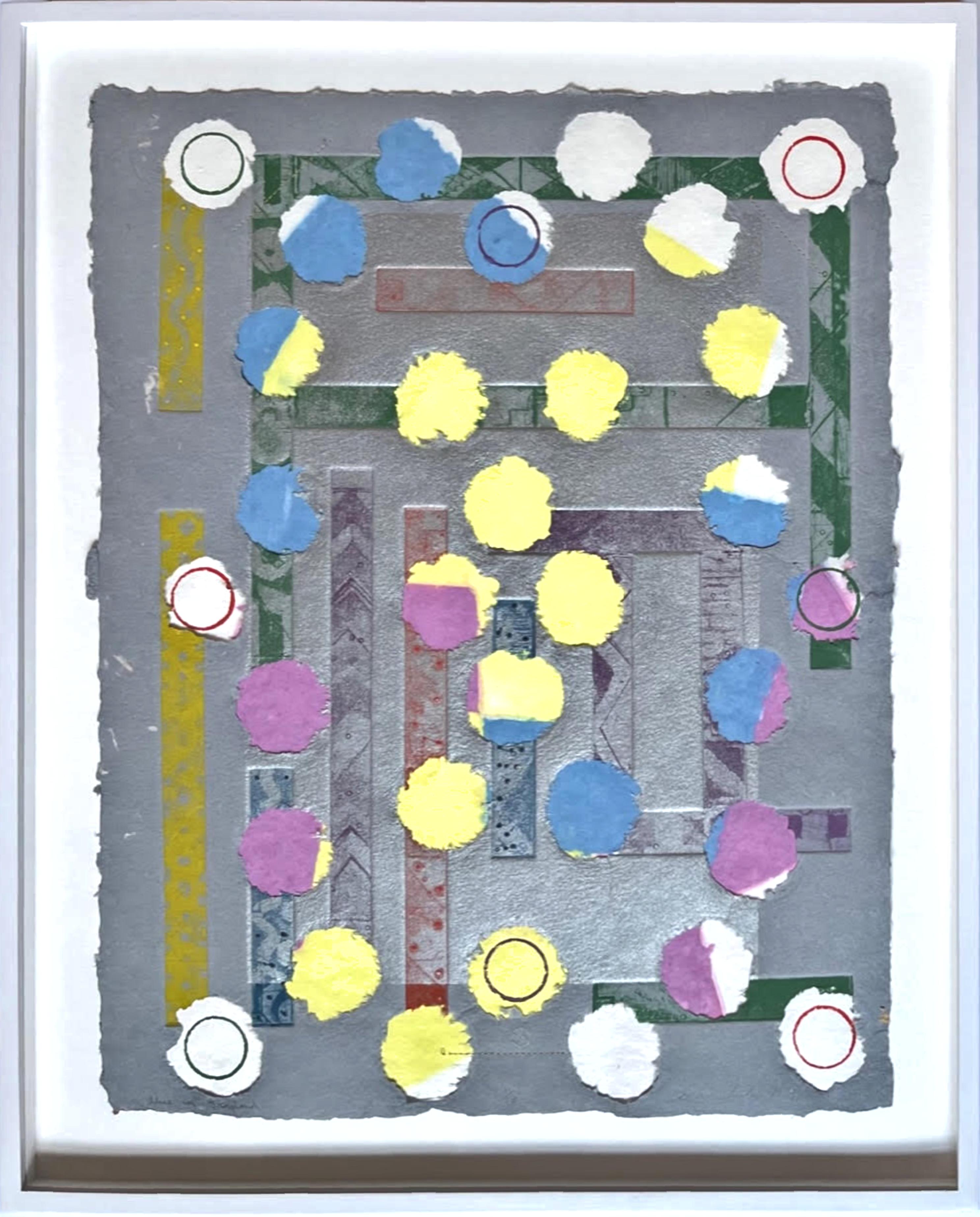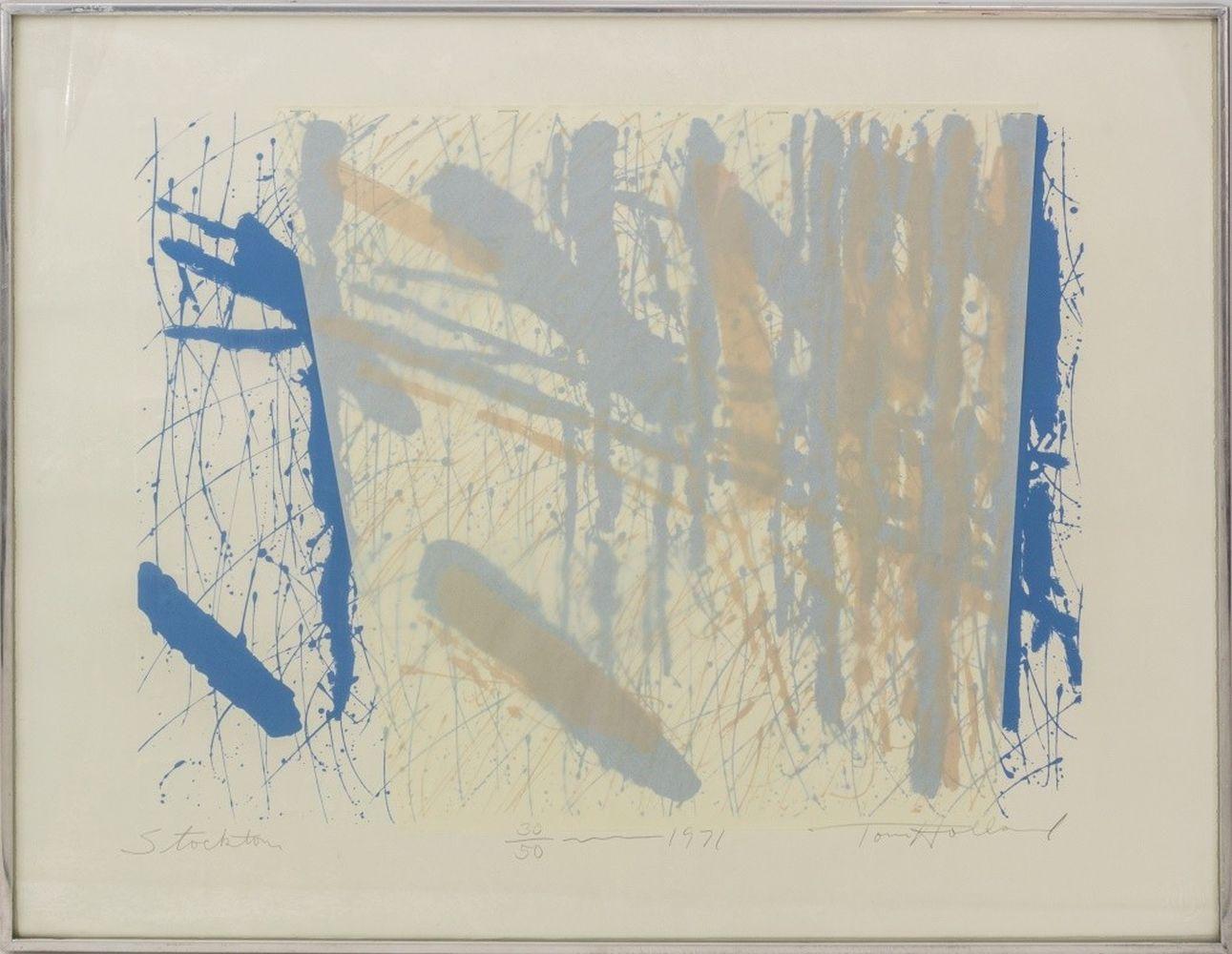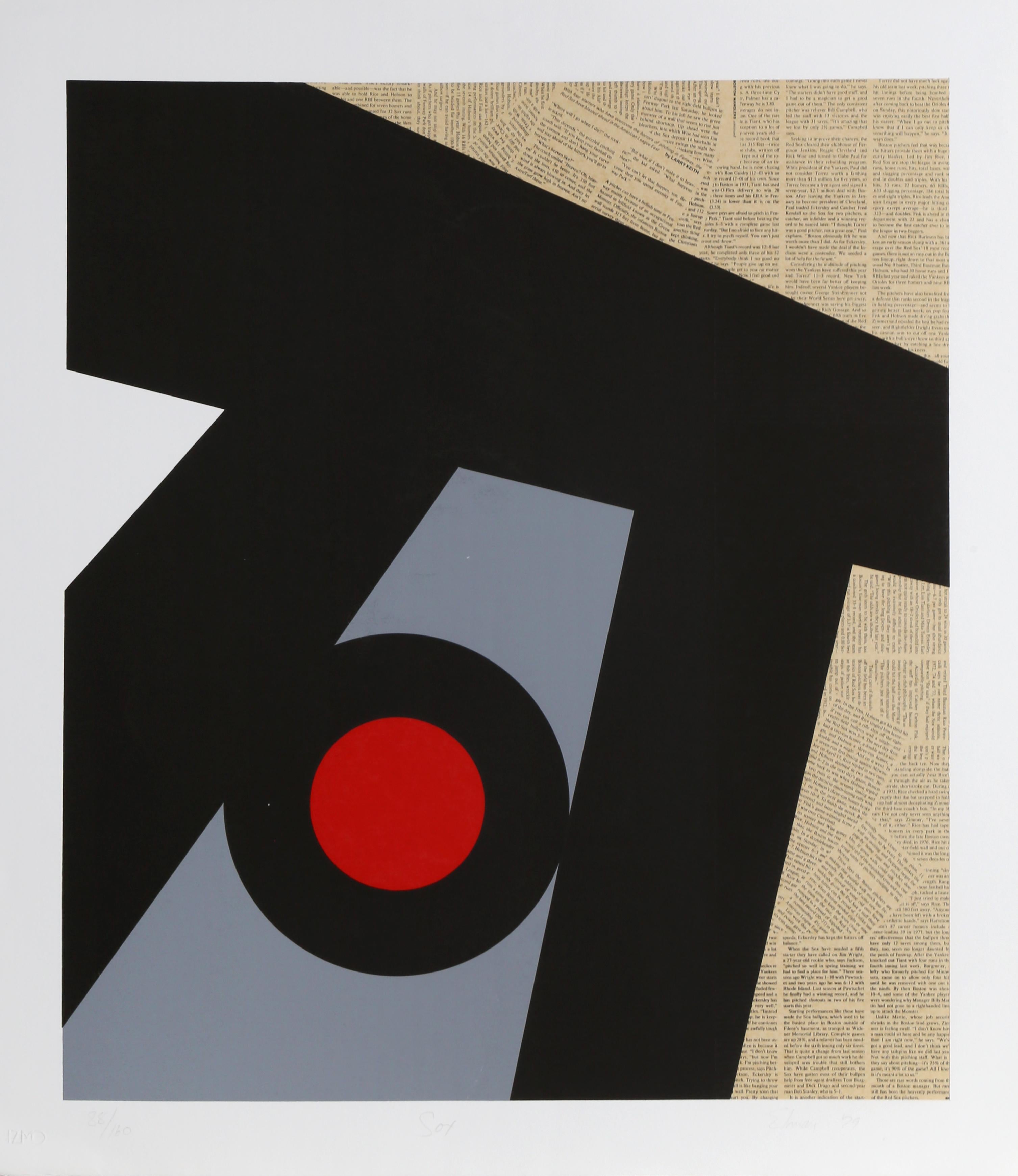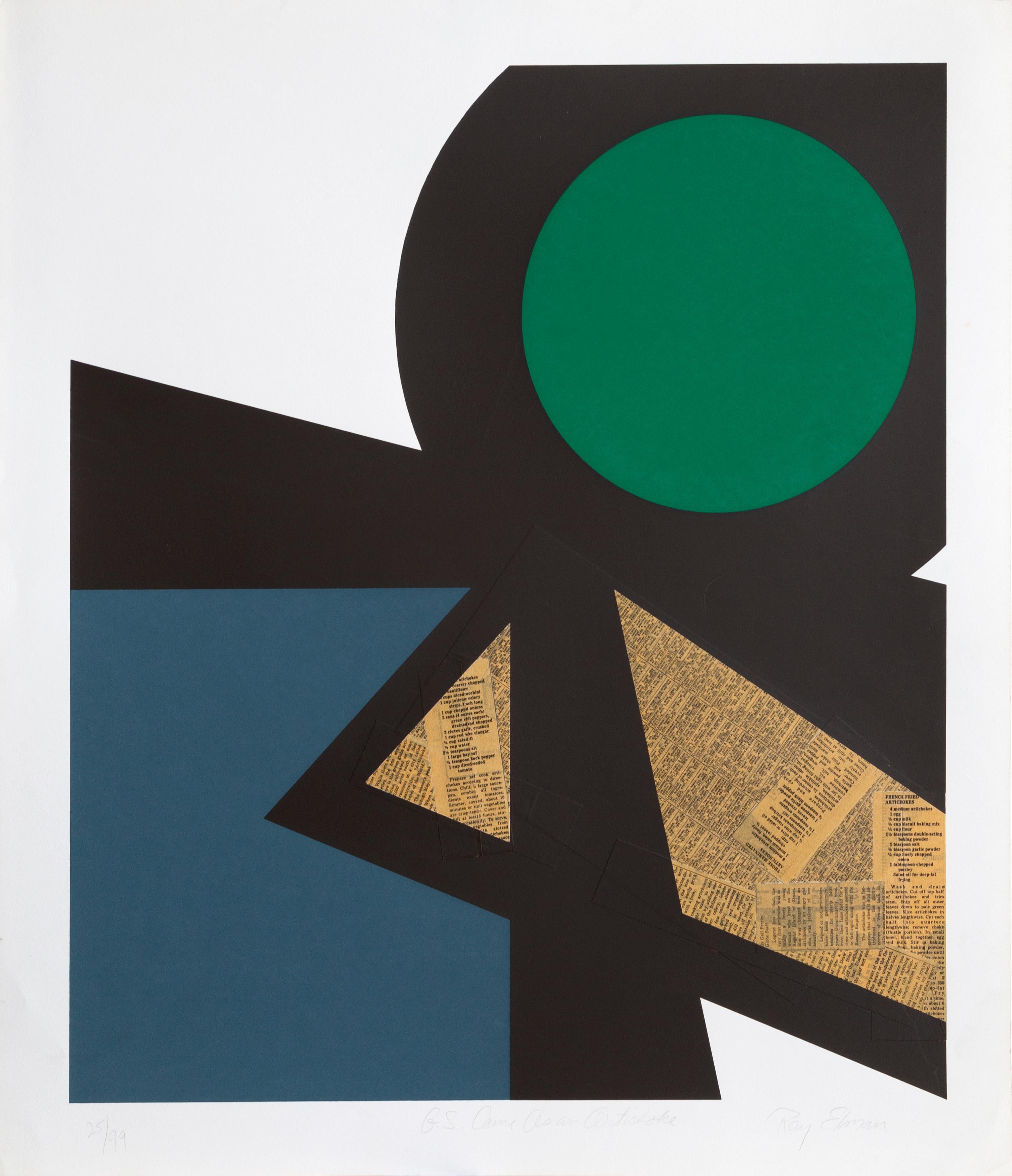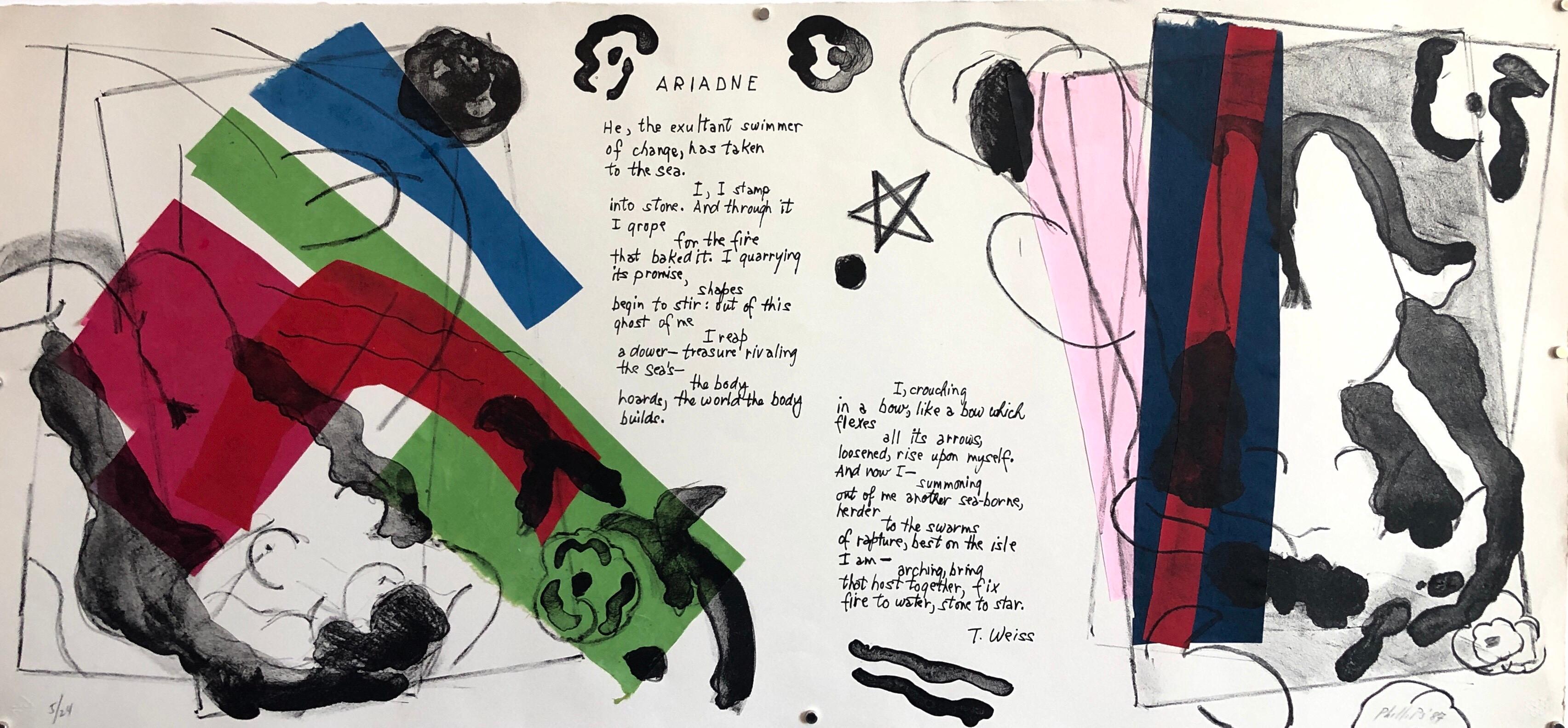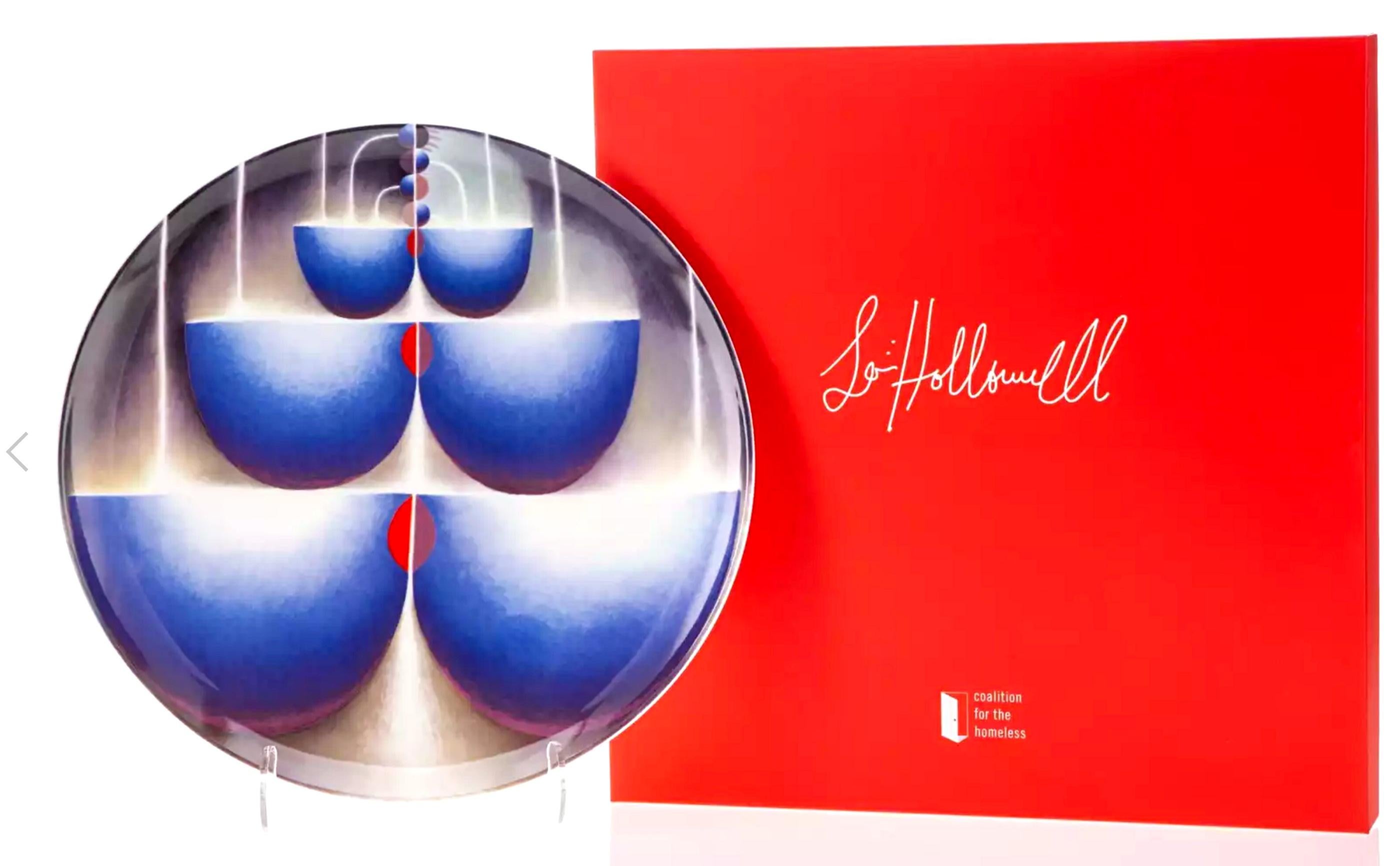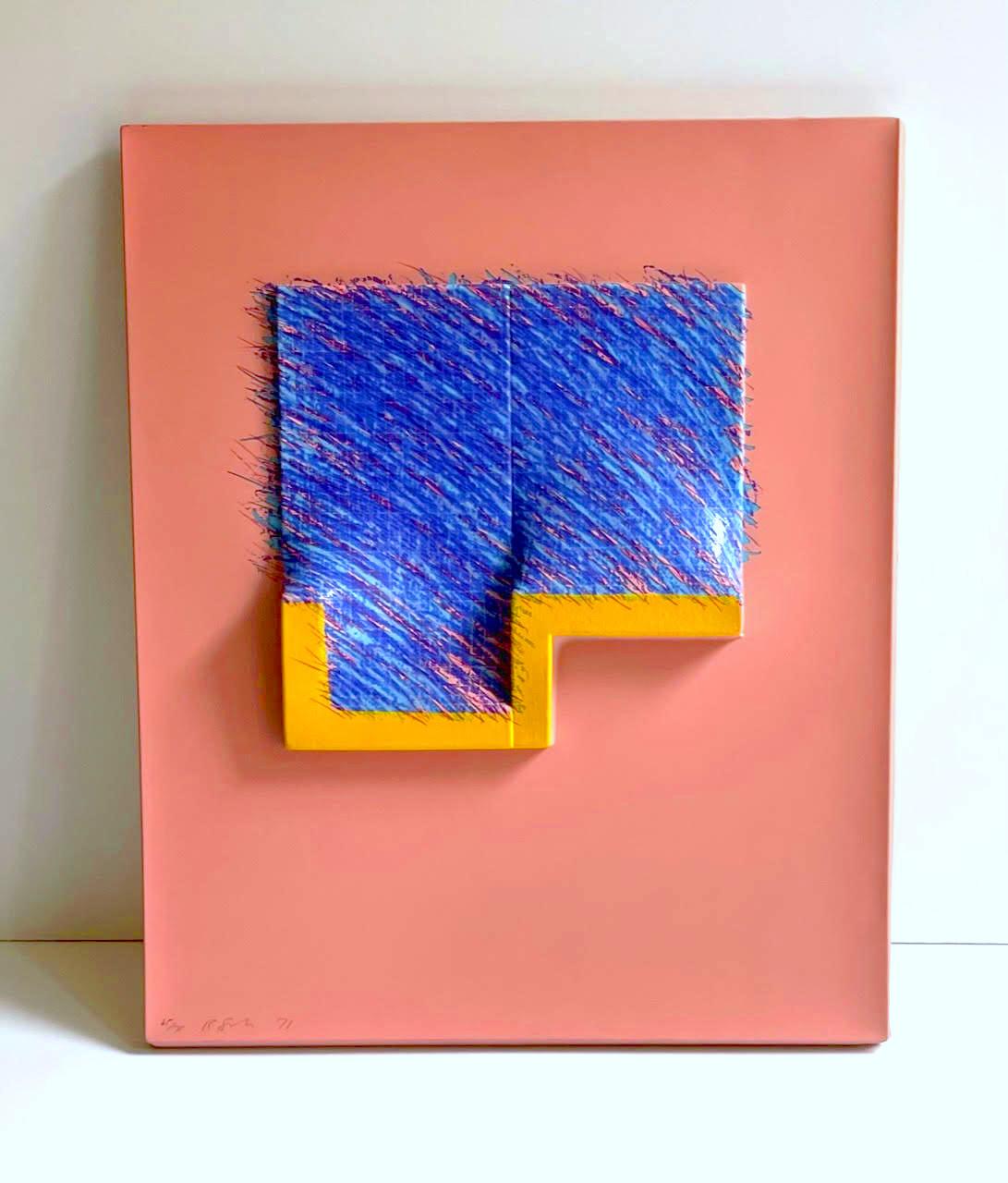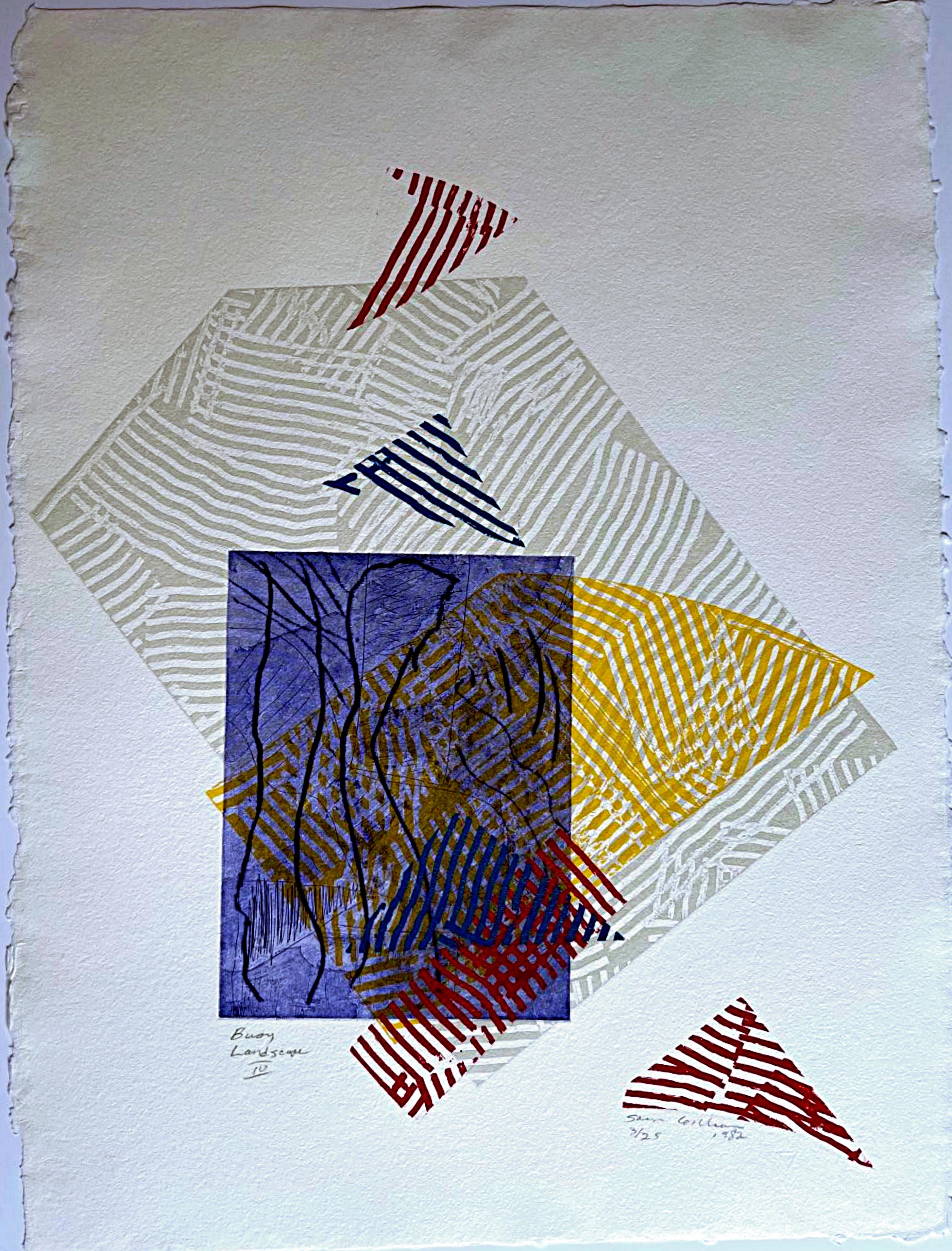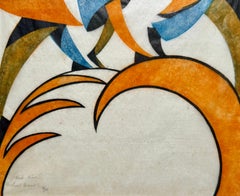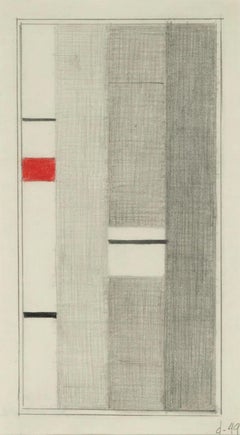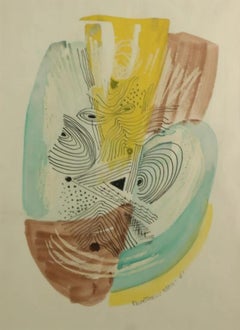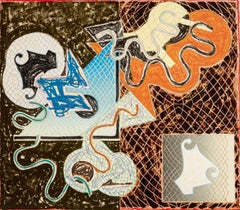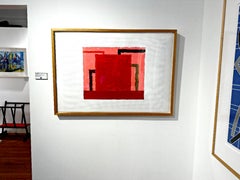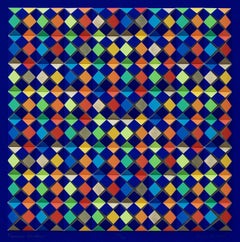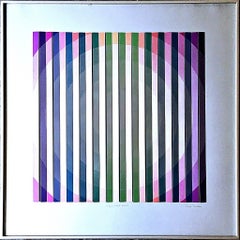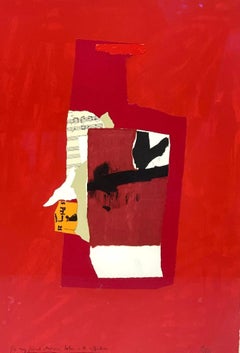
"Redness of Red" Lithograph Screenprint Collage Contemporary Abstract Abex 1/100
View Similar Items
Robert Motherwell"Redness of Red" Lithograph Screenprint Collage Contemporary Abstract Abex 1/1001984
1984
About the Item
- Creator:Robert Motherwell (1915-1991, American)
- Creation Year:1984
- Dimensions:Height: 30 in (76.2 cm)Width: 22 in (55.88 cm)Depth: 2 in (5.08 cm)
- Medium:
- Movement & Style:
- Period:
- Condition:
- Gallery Location:New York, NY
- Reference Number:1stDibs: LU115628395422
Robert Motherwell
The name of painter, printmaker and writer Robert Motherwell (1915–91) is often taken as synonymous with the New York School, whose name he coined. Motherwell was the youngest of this group of Abstract Expressionists working in art, dance, poetry and music in 1950s and '60s New York City, which included Jackson Pollock, Willem de Kooning, Philip Guston, Helen Frankenthaler and Mark Rothko.
Born in Aberdeen, Washington, in 1915, Motherwell had perhaps the broadest and best education of any of the New York School coterie, with an extensive background in philosophy, literature and art history. He earned a BA in philosophy in 1937 from Stanford University and was working toward a PhD in the subject at Harvard when he interrupted his studies for a yearlong trip to Europe, where he fell in love with European modernism.
After returning, in 1940 he enrolled Columbia to study art history. It was there that he met a group of exiled Parisian Surrealists, and encounter that proved influential on his style. Motherwell began to integrate the idea of “automatism” — unmediated gestures that reflect deeper psychological impulses — into his work, pioneering a new form of Abstract Expressionism that came to characterize the New York School.
Works like the 1967 Beside the Sea no. 45, an acrylic on canvas, and the 1966 lithograph New York International epitomize Motherwell’s use of simple shapes in boldly contrasting colors, executed in quick, gestural strokes that occasionally evoke figures, suggesting a latent narrative despite their obvious abstraction.
Throughout his career, Motherwell taught painting at Hunter College, in New York, and at Black Mountain College, in North Carolina, where his work influenced the likes of Cy Twombly, Robert Rauschenberg and Kenneth Noland. His influence as one of the founding fathers of American Abstract Expressionism remains profound.
More From This Seller
View All1930s Modern Figurative Prints
Linocut
1930s Modern Figurative Prints
Linocut
1940s Abstract Abstract Drawings and Watercolors
Paper, Crayon, Pencil
1930s Abstract Abstract Drawings and Watercolors
Paper, Ink, Watercolor
1950s Abstract Abstract Drawings and Watercolors
Paper, Watercolor, Gouache
1960s Abstract Abstract Drawings and Watercolors
Paper, Pastel
You May Also Like
1980s Abstract Expressionist Abstract Prints
Mixed Media, Lithograph, Screen
1990s Abstract Geometric Abstract Prints
Lithograph, Screen
1970s Abstract Geometric Abstract Prints
Screen, Laid Paper
1960s Abstract Geometric Abstract Prints
Paper, Mixed Media, Laid Paper, Screen
1970s Abstract Expressionist Abstract Prints
Mixed Media, Handmade Paper, Etching, Aquatint, Screen
1970s Abstract Expressionist Abstract Prints
Paper, Screen
Recently Viewed
View AllRead More
Ludwig Bemelmans Captures the Thrilling Sight of Coney Island at Night
The ‘Madeline’ creator and Carlyle Hotel legend was in a New York state of mind in the 1940s when he produced this exuberant and rare oil painting.
Mid-Century Americans Didn’t Know Antonio Petruccelli’s Name, but They Sure Knew His Art
The New York artist created covers for the nation’s most illustrious magazines. Now, the originals are on display as fine art.

